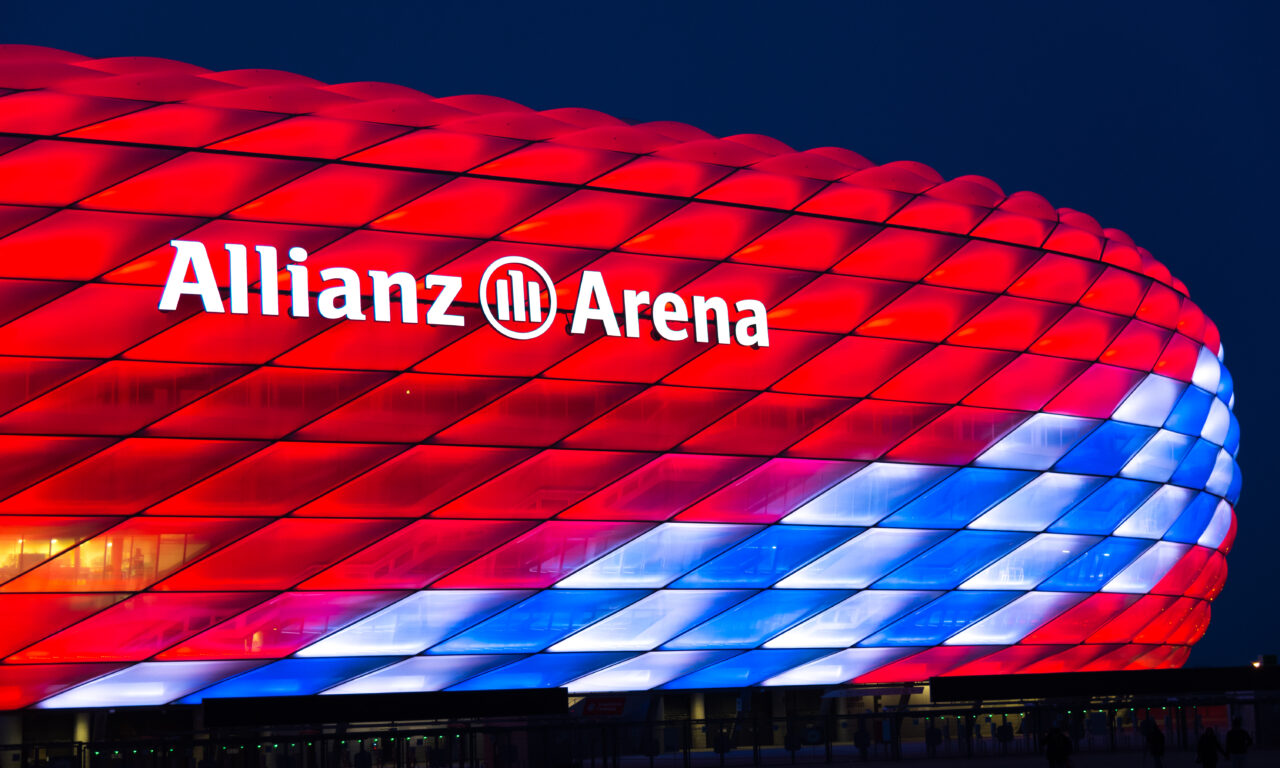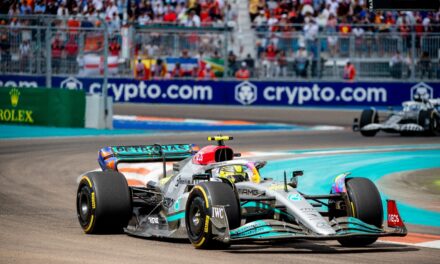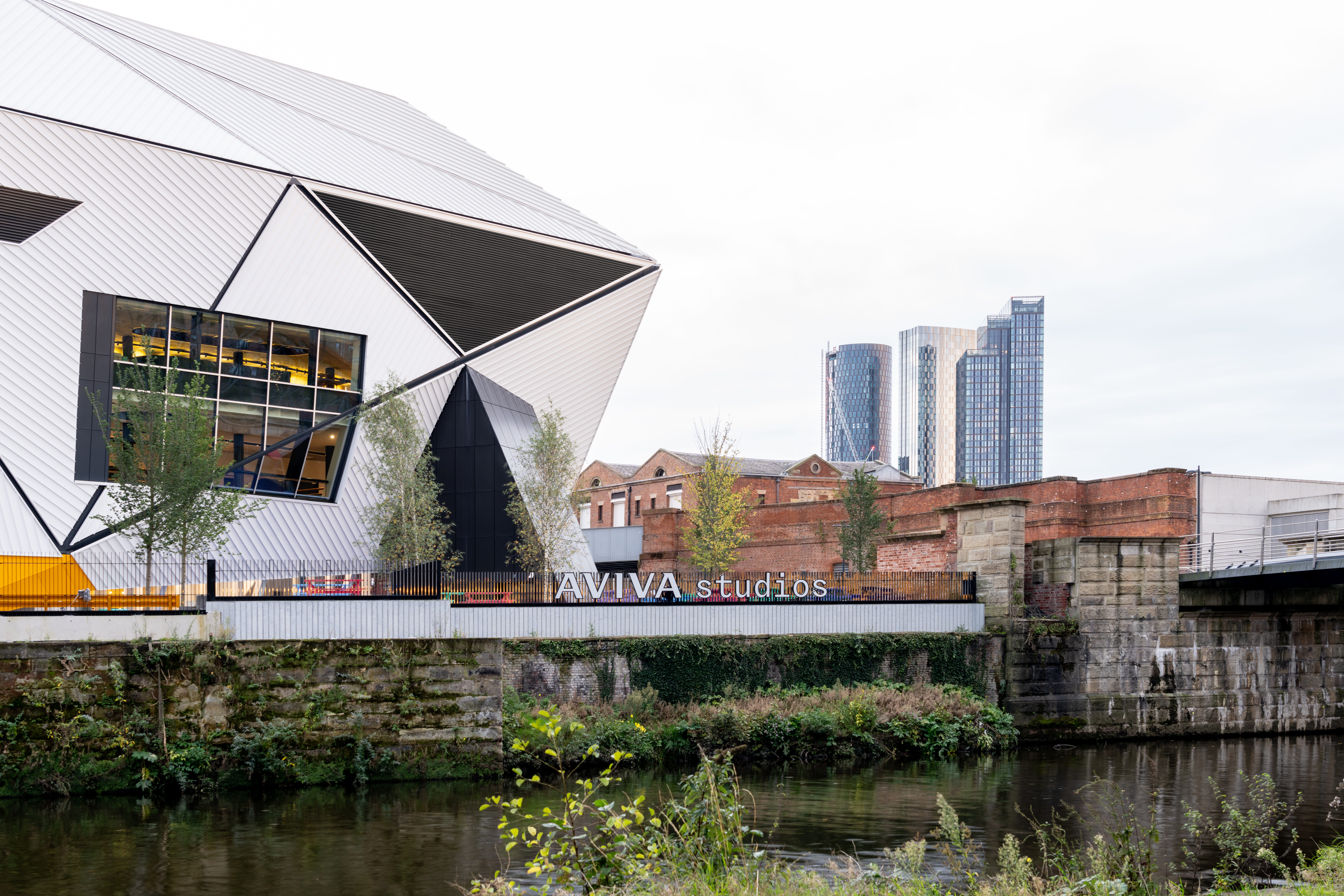Decoding stadium sponsorship success: Four essential criteria for brands

From FedEx Field to the T-Mobile Arena, 88% of sports stadiums in the US have a naming rights partner, while in Europe, that figure plunges to just 12%. In this article, we examine the reasons why brands have been reluctant to take advantage of the enormous benefits brought about by stadium sponsorship in Europe and consider the key characteristics of a successful naming rights partnership that doesn’t alienate fans.
Football has graced the grounds of St James' Park in the North East of England for nearly 150 years. However, when the club's previous owner, Mike Ashley, proposed renaming the stadium as the Sports Direct Arena after his own company, it ignited an immediate and widespread backlash from fans. While the intention behind the move was to attract future bids from other brands seeking to attach their name to the stadium, the reality was quite different. Instead, it served as a stark warning to potential suitors, highlighting the significant PR backlash they could face.
Despite the widespread acceptance of sponsorship in the US, with stadium naming rights and sponsor logos filling every corner, iconic venues like Madison Square Garden and Fenway Park stand as exceptions, untouched by corporate sponsorship. This demonstrates that even in a sponsorship-friendly environment, there are limits.
Fans have an unwavering respect for the tradition and history of their clubs, and brands should think carefully before handling such a prized possession.
Yet, despite the potential for negative fan sentiment, stadium naming rights sponsorship provides brands with a unique opportunity to not only generate significant exposure but also place their logo at the heart of a city’s community. One of Europe’s most prevalent stadium naming rights partners is German insurance brand Allianz which has attached its name to no less than four stadiums across mainland Europe. A statement on the company’s website reads:
“We invest in stadiums because we are committed to supporting local communities by helping develop central hubs for global industry and tourism in key regions worldwide."
Stadium naming rights deals in the US can span from $300,000 to $30 million, showcasing the immense financial appeal of such partnerships. Understandably, many European sports teams are eager to capitalise on this lucrative asset. However, it's crucial to recognise that the driving force behind the sponsorship value in numerous US deals stems from the frequency of events held in these stadiums and their proximity to competing venues.
For instance, a venue like the So-Fi Stadium in Los Angeles, boasting a naming rights sponsorship deal reported to be worth $504 million over twenty years, plays host to either a Rams or a Chargers game every few days, not to mention the occasional Taylor Swift concert. Furthermore, unlike cities in the UK, which often feature five or six teams from the same sport and division within a 30-mile radius, it's common in the US for a single city to have only one team and one stadium, with hundreds of miles separating them from another provider of similar sporting entertainment. This makes that piece of real estate the central hub of the entire city's sporting community.
As we delve into the patterns and value propositions of stadium sponsorship in both the US and Europe, it becomes clear that certain conditions must be present for stadium sponsorship to thrive. These conditions, together with the existing sponsorship requirements of brand alignment and reach, define the ideal environment for brand investment and serve as a framework for identifying successful stadium naming sponsorship opportunities.
1) Modern Stadiums
Stadiums with less historical significance may be more suitable for sponsorship as fans are less likely to have strong emotional ties to them.
2) Standalone Venue Advantage
Stadiums with limited nearby competition for attention may offer better visibility and exclusivity for sponsors as well as serving as central hubs for the community.
3) Densely populated Location
Stadiums located in densely populated metropolitan areas offer greater potential for reaching a larger audience and maximising brand exposure.
4) Frequency, Popularity and Diversity of Events
Stadiums that host a diverse range of popular events, such as sports games, concerts, and other entertainment, provide sponsors with multiple opportunities to engage with a wide audience and offer hospitality experiences.
Considering these factors, it appears that several current sporting venues in the UK, such as the London Stadium and the Tottenham Hotspur Stadium, which are both seeking naming rights partners, may not fully meet all these criteria. The fact that these sponsorship opportunities remain unsold could indicate a misalignment between the perceived value of the asset by the rights holders and that of potential brands.
This year, The Sponsor's dedicated Consulting team will once again assess the fair market value of every Premier League club's sponsorship, including, for the first time, front-of-shirt, sleeve, and stadium sponsorships. This research is an important tool for guiding potential sponsors as to the true value of such a partnership.
In summary, stadium naming rights sponsorship presents brands with a potent opportunity for significant exposure and community engagement. While the US leads in this arena, Europe's slower adoption may stem from factors like fan sentiment and historical significance. Nevertheless, successful partnerships like those of Allianz highlight the vast potential for brands to align with stadiums and communities. By pinpointing modern venues, standalone locations, densely populated areas, and diverse event calendars, brands can effectively harness stadium sponsorship to boost brand visibility and forge enduring community connections.








